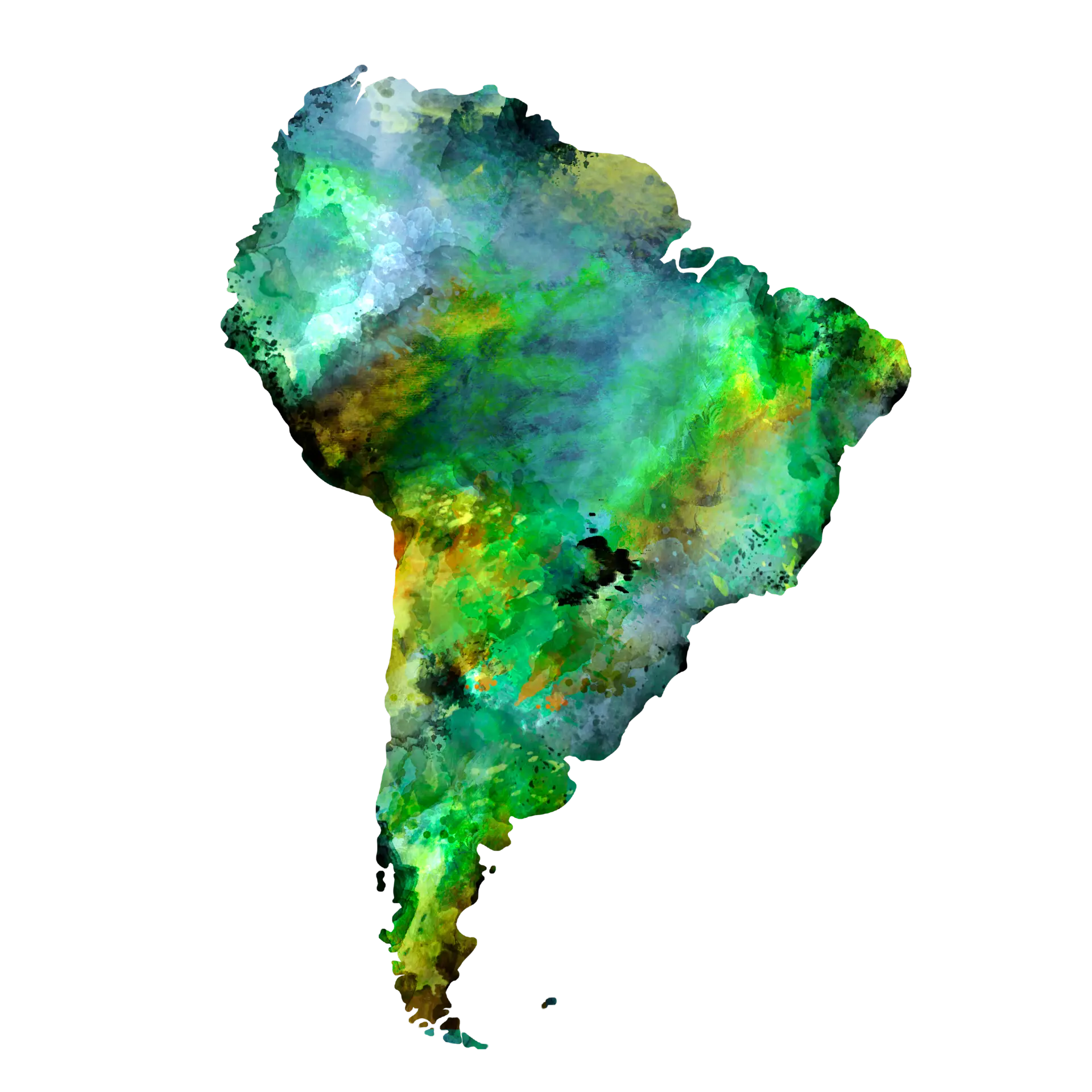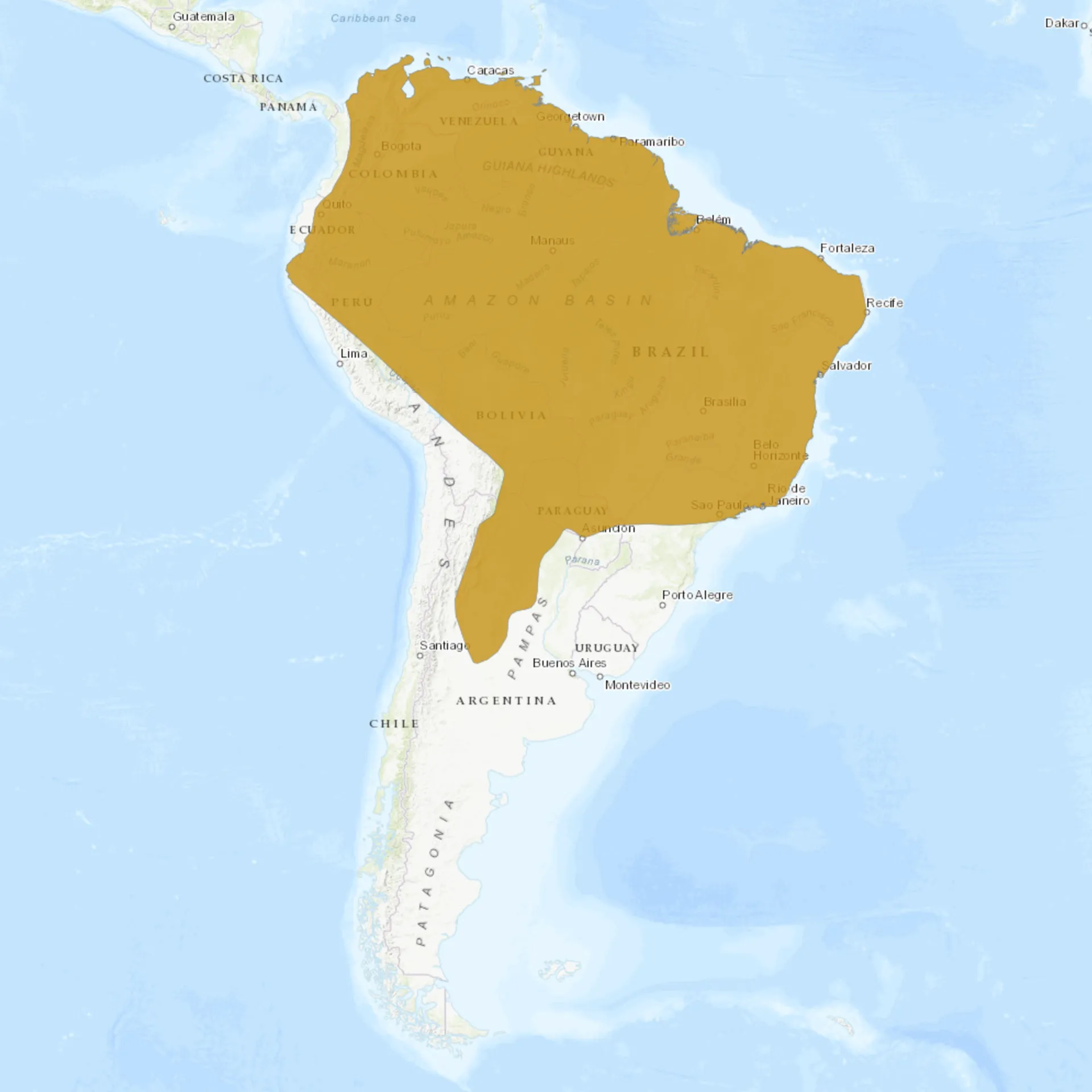Overview
The Boa Constrictor is a remarkable snake species indigenous mainly to the Americas, occupying diverse habitats. This snake is especially known for its unique method of capturing prey, which involves a process known as “constriction.” Unlike venomous snakes that immobilize or kill their prey using venom, the Boa Constrictor uses its muscular body to wrap around its victim, exerting pressure until the prey’s respiratory functions are compromised, leading to suffocation. Afterward, the prey is consumed whole.
Another significant feature of Boa Constrictors is their remarkable adaptability. These snakes are highly versatile and can thrive in various environmental conditions. While they are most commonly associated with wet, tropical rainforests, they also adapt well to more arid landscapes like semi-deserts. This adaptability allows them to inhabit various geographical zones and elevational ranges, contributing to their relatively widespread distribution.
In terms of size, Boa Constrictors are one of the largest snake species in the Americas. Adult Boa Constrictors can attain significant lengths, with some exceeding 13 feet. This makes them formidable predators capable of tackling larger prey items compared to other snake species of similar habitats. Their size, adaptability, and hunting prowess make them one of the apex predators in many of the ecosystems they inhabit.
Current distribution:
Boa Constrictors are relatively abundant within their natural distribution, which spans various regions in South and Central America. However, they are not immune to the challenges of habitat loss and the booming pet trade, both of which have started to impact their populations. Despite these threats, they are still commonly observed in remote areas far removed from human settlements, testifying to their resilience and adaptability.
While these snakes are not typically found in areas with high human density, they have shown an ability to adapt to peri-urban settings where food is readily available. This adaptability has allowed some populations to sustain themselves in environments altered by human activity. In such settings, they are often found near water sources and places where potential prey is abundant, demonstrating their opportunistic feeding behavior.
Physical Description:
The Boa Constrictor is characterized by its robust, muscular physique and variable skin coloration, which often correlates with its specific habitat. Its skin features intricate patterns that can be brown, gray, or cream-colored, adorned with darker brown or reddish-brown saddles. These patterns serve as camouflage and can help regulate body temperature by maximizing or minimizing sunlight absorption.
The head of the Boa Constrictor is distinctively marked, featuring a dark stripe that extends from the nose to the back of the head, further aiding in camouflage. The eyes of this snake species are especially notable for their vertical pupils, a feature adapted to the animal’s primarily nocturnal lifestyle. This adaptation allows for greater light sensitivity, enhancing the snake’s ability to navigate and hunt in low-light conditions.

Lifespan: Wild: ~30 Years || Captivity: ~40 Years

Weight: Male: 30-60 lbs (13.6-27.2 kg) || Female: 40-100 lbs (18.1-45.3 kg)

Length: Male: 72-144 in (183-366 cm) || Female: 96-156 in (244-396 cm)

Top Speed: 3 mph (4.8 km/h)
Characteristic:
Native Habitat:
The Boa Constrictor boasts a wide geographical range, predominantly occupying regions within the Americas. Its habitat stretches from Northern Mexico down to Argentina, making it one of the more widely dispersed snake species in the Western Hemisphere. The species shows remarkable adaptability, thriving in diverse habitats, including tropical rainforests, savannas, and semi-deserts.
In addition to its broad geographical scope, the Boa Constrictor also exhibits adaptability in terms of elevation. These snakes are found at various elevational ranges, from sea level to about 3,300 feet. This capability to adapt to different elevations and its versatility in habitat preference contribute to the Boa Constrictor’s widespread distribution and ecological success.
Biogeographical Realms:
Continents:
Diet:
Diet & Feeding Habits:
Boa Constrictors’ diet mainly consists of small to medium-sized mammals and birds. They employ their unique hunting technique of constriction to subdue their prey, wrapping their powerful bodies around the victim and tightening their grip until the prey suffocates. Once the prey is incapacitated, the Boa Constrictor proceeds to swallow it whole, facilitated by an extremely flexible jaw that allows for consuming prey items larger than its head.
The frequency with which a Boa Constrictor feeds is influenced by a range of factors, including the snake’s size, age, and the environmental conditions of its habitat. Younger snakes may require frequent feedings to support their growth, while adults may feed less often. Environmental factors such as prey availability and climate also significantly determine the snake’s feeding schedule.
Mating Behavior:
Mating Description:
Boa Constrictors generally engage in mating activities during the dry season, when resources are relatively scarce, and movement is easier. Males locate potential mates by following the females’ scent trails, which may also involve combat with rival males to secure mating rights. Once a male has successfully wooed a female, copulation occurs, and the female has the unique ability to store the male’s sperm for extended periods before actual fertilization takes place.
The gestation period for Boa Constrictors is subject to some variability but usually falls within 100 to 150 days. Unlike many other snake species that lay eggs, Boa Constrictors are viviparous, meaning they give birth to live young. This reproductive strategy offers the advantage of providing the offspring with a more protected environment during their initial development, enhancing their chances of survival.
Reproduction Season:
Birth Type:
Pregnancy Duration:
Female Name:
Male Name:
Baby Name:
Social Structure Description:
Boa Constrictors are predominantly solitary creatures, with social interactions mostly limited to mating activities. They are generally nocturnal, spending their days well-hidden in burrows or amid vegetation. This behavior serves a dual purpose: it helps them avoid the heat of the day and minimizes the chances of being detected by predators.
When Boa Constrictors encounter potential threats, their first line of defense usually involves hissing or striking as a warning. However, they often prefer to avoid conflict when possible and will choose to retreat if given the opportunity. This behavior demonstrates a level of caution that adds to their overall adaptability and chances of survival in diverse habitats.
Groups:
Conservation Status:
Population Trend:
While not currently classified as endangered, Boa Constrictor populations are experiencing a downward trend. The primary drivers behind this decline are habitat loss and capture for the pet trade, which pose significant threats to their long-term survival. Despite this, they remain relatively abundant compared to other snake species, maintaining a noticeable presence across their range.
Population densities for Boa Constrictors can vary substantially depending on their habitat’s specific conditions and food availability. In regions where these factors are favorable, they tend to have higher population densities. Conversely, in areas where habitat is fragmented, or food sources are limited, populations may be sparse, further emphasizing the importance of conservation efforts to mitigate the threats they face.
Population Threats:
Habitat destruction is one of the most pressing threats to Boa Constrictor populations. Activities such as logging, agricultural expansion, and the encroachment of human settlements have resulted in significant loss and fragmentation of the snake’s natural habitat. These environmental alterations make it increasingly difficult for Boa Constrictors to find suitable hunting, mating, and shelter spaces.
The exotic pet trade is another major factor contributing to the decline of Boa Constrictor populations. These snakes are often hunted or captured to be sold as pets, a practice that depletes local populations and poses ethical and conservation concerns. The cumulative effect of habitat loss and the pet trade has substantially impacted the species, underscoring the need for effective conservation strategies to reverse this downward trend.
Conservation Efforts:
Conservation efforts to protect Boa Constrictors mainly focus on habitat preservation and trade regulation. Several regions have implemented laws that restrict or regulate the capturing and selling of this species, aiming to reduce the negative impact of the pet trade. These legal frameworks are essential in ensuring the snake’s long-term survival and are often complemented by stricter enforcement and monitoring.
Alongside legal measures, educational programs play a significant role in conservation efforts. These programs are designed to inform the public about the ecological importance of Boa Constrictors, particularly their role in controlling rodent populations. By raising awareness and promoting understanding, these educational initiatives contribute to fostering a more responsible and informed attitude toward the conservation of this species.
Additional Resources:
Fun Facts
- Boa Constrictors can swim proficiently and are often found near water.
- They have special heat-sensitive pits on their faces, which help them locate prey.
- Boas can go weeks or even months without eating, depending on the size of their last meal.
- Their jawbones are not fused, allowing them to swallow large prey.
- Boa Constrictors do not lay eggs; they give birth to live young.
- Females are generally larger than males.
- They can climb trees and are sometimes found resting in branches.
- Boas are among the few snake species that exhibit parental care.
- They are capable of “sidewinding” locomotion, useful in sandy environments.
- Boas have been found at elevations as high as 3,300 feet.


















